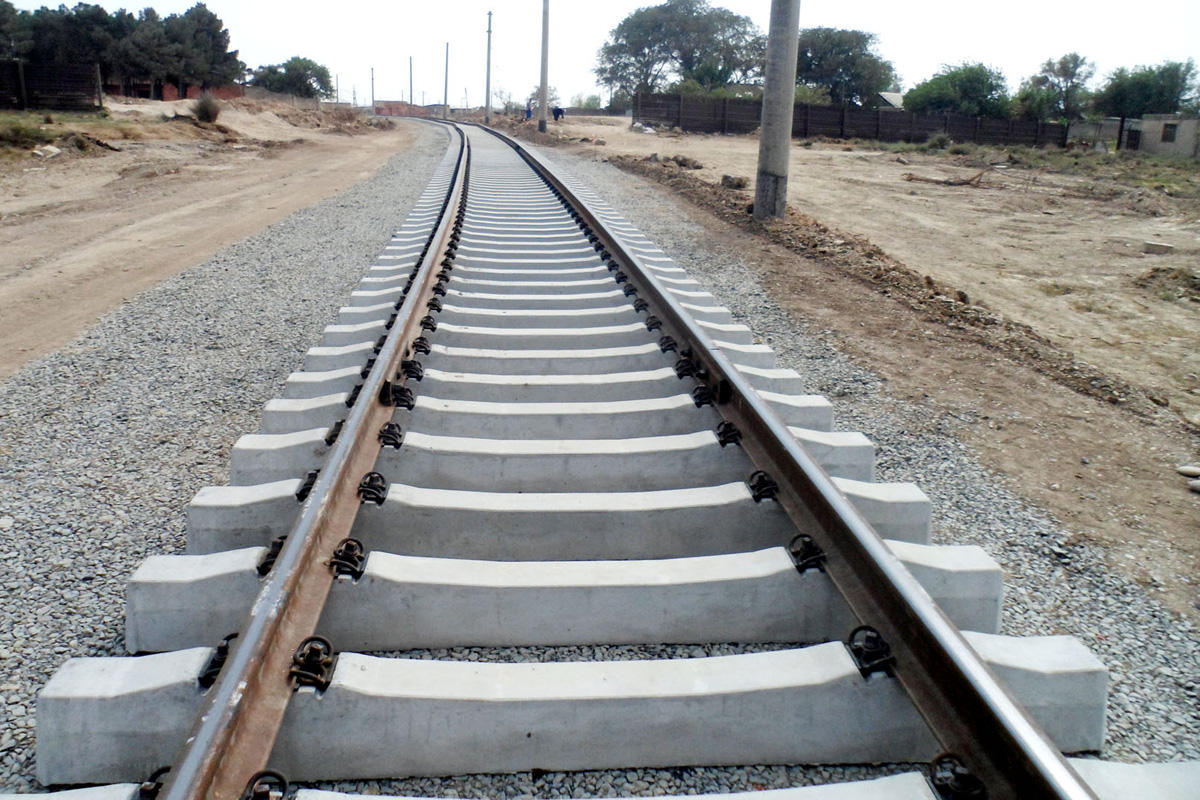Qazvin-Rasht-Astara railway is unique project

By Narmina Mammadova
Until now, there was not such a railway project in the country, Mehr News Agency cited deputy head of Iran Railways Maziar Yazdani.
The Qazvin-Rasht railway project is a special project, he stated.
He noted that Iran intends to transport cargo and passengers following the project's implementation.
From the point of view of cargo transportation, this project has special importance for the countries located in the west of the Caspian Sea, especially for Azerbaijan, Yazdani added.
As for the construction of the Rasht-Astara railway, a decision was made for Azerbaijan to take part in the construction of the railway, because this railway is important for the country, he said.
Speaking of the construction of the Shalamja-Basrah railway, Yazdani added that 32 kilometers are left to connect Iran's railroad to Iraq.
The railway bridge over the Arvand River costs 22 trillion rials (about $52,380,952), he said.
The Rasht-Astara railroad project is jointly carried out by Iran and Azerbaijan, each providing 50 percent of the required funding. Azerbaijan funded $500 million and Iran invested the same amount in the project.
To complete the railway links of the transportation corridor, Iran had earlier agreed to construct inland railroad segments in northern parts of the country in order to extend its railways to the border area with the neighboring Azerbaijan through the two Astara cities on both sides.
The initial plan included the Qazvin-Rasht and Rasht-Astara railroad segments.
The main goal of strategic cooperation between the railways of Iran and Azerbaijan is activating the International North-South Transportation Corridor which will eventually link Russia and Azerbaijan to High-Seas through the Islamic Republic.
The INSTC, a 7,200 kilometer-long freight route connecting India, Iran, Azerbaijan and Russia via ship, rail and road, is meant to connect Northern Europe with Southeast Asia. The main objective of the INSTC is to provide an alternative to the traditional routes carried out by sea through the Suez Canal and the Mediterranean and the Baltic Sea.
This means goods could be carried from Mumbai to the Iranian port of Bandar Abbas and further to Baku. They could then pass across the Russian border into Astrakhan, then proceeding to Moscow and St. Petersburg, before going in the direction of Europe.
The corridor is expected to bring huge benefits to the Azerbaijani budget. The route enjoys several advantages compared to other transport corridors, as it is considered to be more profitable for each parameter than other alternative routes, including reduction of the distance and delivery time two or threefold.
The route would substantially cut the travel time for everything from Asian consumer goods to Central Eurasia’s natural resources to advanced European exports.
When completed, the INSTC is expected to increase the volume of commodities currently traded between Iran and Azerbaijan from 600,000 tons to 5 million tons per year, dramatically increasing bilateral trade from the current $500 million per year.
---
Follow us on Twitter @AzerNewsAz
Here we are to serve you with news right now. It does not cost much, but worth your attention.
Choose to support open, independent, quality journalism and subscribe on a monthly basis.
By subscribing to our online newspaper, you can have full digital access to all news, analysis, and much more.
You can also follow AzerNEWS on Twitter @AzerNewsAz or Facebook @AzerNewsNewspaper
Thank you!
